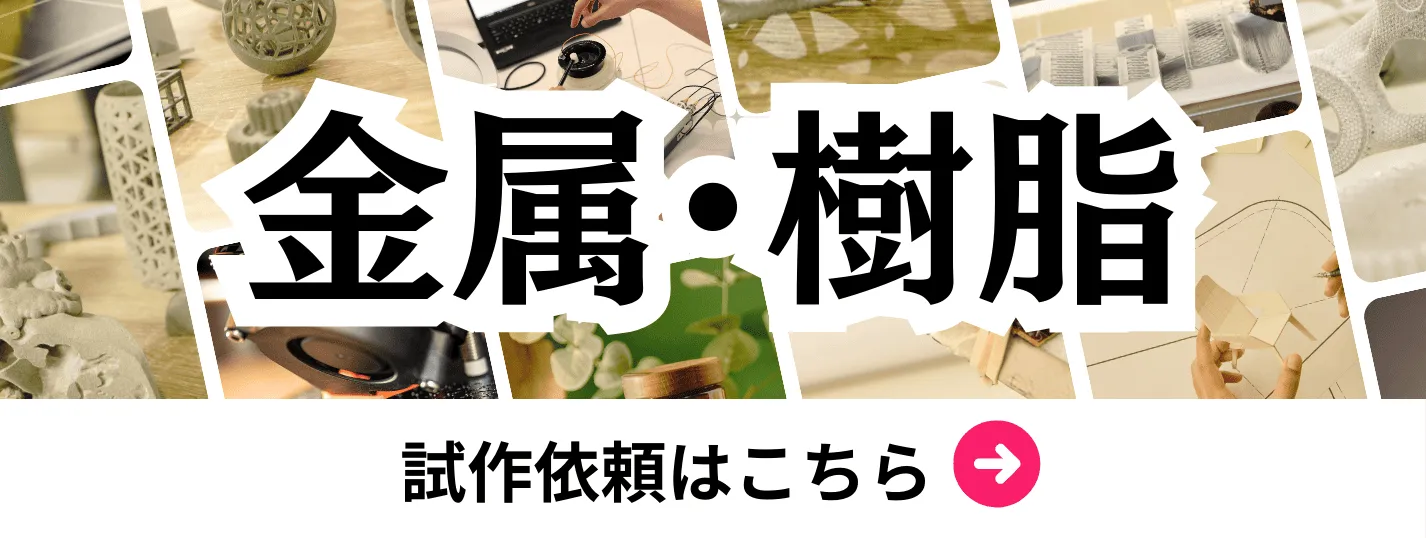- お役立ち記事
- Manufacturing technology for high-precision optical instruments and how to utilize them in the medical device market
月間76,176名の
製造業ご担当者様が閲覧しています*
*2025年3月31日現在のGoogle Analyticsのデータより

Manufacturing technology for high-precision optical instruments and how to utilize them in the medical device market

目次
Introduction to High-Precision Optical Instruments
Manufacturing technology has taken significant strides in recent decades, particularly in the development of high-precision optical instruments.
These instruments are crucial in various sectors, especially in medical devices, where precision and reliability are paramount.
High-precision optical instruments are used in multiple applications, from creating lenses to sophisticated imaging systems.
In this article, we will explore the manufacturing technology behind these instruments and their utilization in the medical device market.
The Technology Behind High-Precision Optical Instruments
High-precision optical instruments require cutting-edge technology and meticulous craftsmanship.
One of the essential components involves precision engineering, which is crucial to produce components with exact dimensions and flawless surfaces.
Optical Component Fabrication
The fabrication of optical components, such as lenses and mirrors, begins with selecting the right materials.
High-quality glass and crystals are typically used to ensure clarity and durability.
These materials undergo processes like grinding, polishing, and coating to shape them into precise forms and enhance their optical properties.
Advanced Coating Technologies
Coatings are applied to optical surfaces to reduce reflection, improve light transmission, and enhance durability.
Anti-reflective coatings, for instance, are essential for lenses that need to transmit light efficiently without significant loss.
The application of coatings is performed in controlled environments to maintain consistency and quality.
Precision Machining and Metrology
Manufacturing high-precision instruments involves precision machining technologies such as CNC machining and laser cutting.
These technologies allow for accurate shaping of components to meet strict tolerances.
Furthermore, metrology—the science of measurement—is employed to ensure every component meets the exact specifications.
Techniques like interferometry and coordinate measuring machines (CMM) are used extensively in quality control.
Applications in the Medical Device Market
High-precision optical instruments have revolutionized the medical field, offering enhanced diagnostic and treatment capabilities.
Diagnostic Imaging
Optical instruments play a critical role in diagnostic imaging technologies, including endoscopy, optical coherence tomography (OCT), and confocal microscopy.
For instance, OCT is widely used in ophthalmology to capture detailed images of the eye’s retina, aiding in early diagnosis of diseases like glaucoma and macular degeneration.
Surgical Instruments
Precision optical instruments are also found in surgical devices, enabling minimally invasive procedures.
Instruments such as surgical microscopes provide surgeons with magnified views of tiny anatomical structures, improving precision and outcomes in complex surgeries.
Laser Treatments
Lasers, guided by optical instruments, are instrumental in various medical treatments.
Procedures like laser eye surgery (LASIK) and laser skin resurfacing rely on precise optical instruments to ensure safety and effectiveness.
These instruments help focus laser beams accurately, minimizing risks and enhancing patient recovery times.
Challenges and Future Prospects
Despite the advancements, manufacturing high-precision optical instruments presents distinct challenges.
Complexity and Cost
The sophisticated nature of these instruments means their production is often complex and expensive.
Developers must balance cost-efficiency with the need for high-quality outputs.
As technology progresses, innovations in manufacturing processes are expected to reduce costs and widen accessibility.
Technological Integration
The integration of optical technology with digital and computational tools continues to evolve.
Artificial intelligence and machine learning are increasingly used to improve imaging techniques and diagnostic accuracy.
Future prospects appear promising as these technologies further enhance the capabilities and effectiveness of optical instruments in medicine.
Conclusion
The manufacturing technology of high-precision optical instruments is at the forefront of innovation, enabling unparalleled advancements in the medical device market.
These instruments enhance diagnostic and treatment processes, offering significant benefits for patient care.
As technology continues to evolve, the collaboration between precision engineering and medicine is poised to bring even more breakthroughs that will shape the future of healthcare.
 資料ダウンロード
資料ダウンロード
QCD管理受発注クラウド「newji」は、受発注部門で必要なQCD管理全てを備えた、現場特化型兼クラウド型の今世紀最高の受発注管理システムとなります。
 ユーザー登録
ユーザー登録
受発注業務の効率化だけでなく、システムを導入することで、コスト削減や製品・資材のステータス可視化のほか、属人化していた受発注情報の共有化による内部不正防止や統制にも役立ちます。
 NEWJI DX
NEWJI DX
製造業に特化したデジタルトランスフォーメーション(DX)の実現を目指す請負開発型のコンサルティングサービスです。AI、iPaaS、および先端の技術を駆使して、製造プロセスの効率化、業務効率化、チームワーク強化、コスト削減、品質向上を実現します。このサービスは、製造業の課題を深く理解し、それに対する最適なデジタルソリューションを提供することで、企業が持続的な成長とイノベーションを達成できるようサポートします。
 製造業ニュース解説
製造業ニュース解説
製造業、主に購買・調達部門にお勤めの方々に向けた情報を配信しております。
新任の方やベテランの方、管理職を対象とした幅広いコンテンツをご用意しております。
 お問い合わせ
お問い合わせ
コストダウンが利益に直結する術だと理解していても、なかなか前に進めることができない状況。そんな時は、newjiのコストダウン自動化機能で大きく利益貢献しよう!
(β版非公開)









